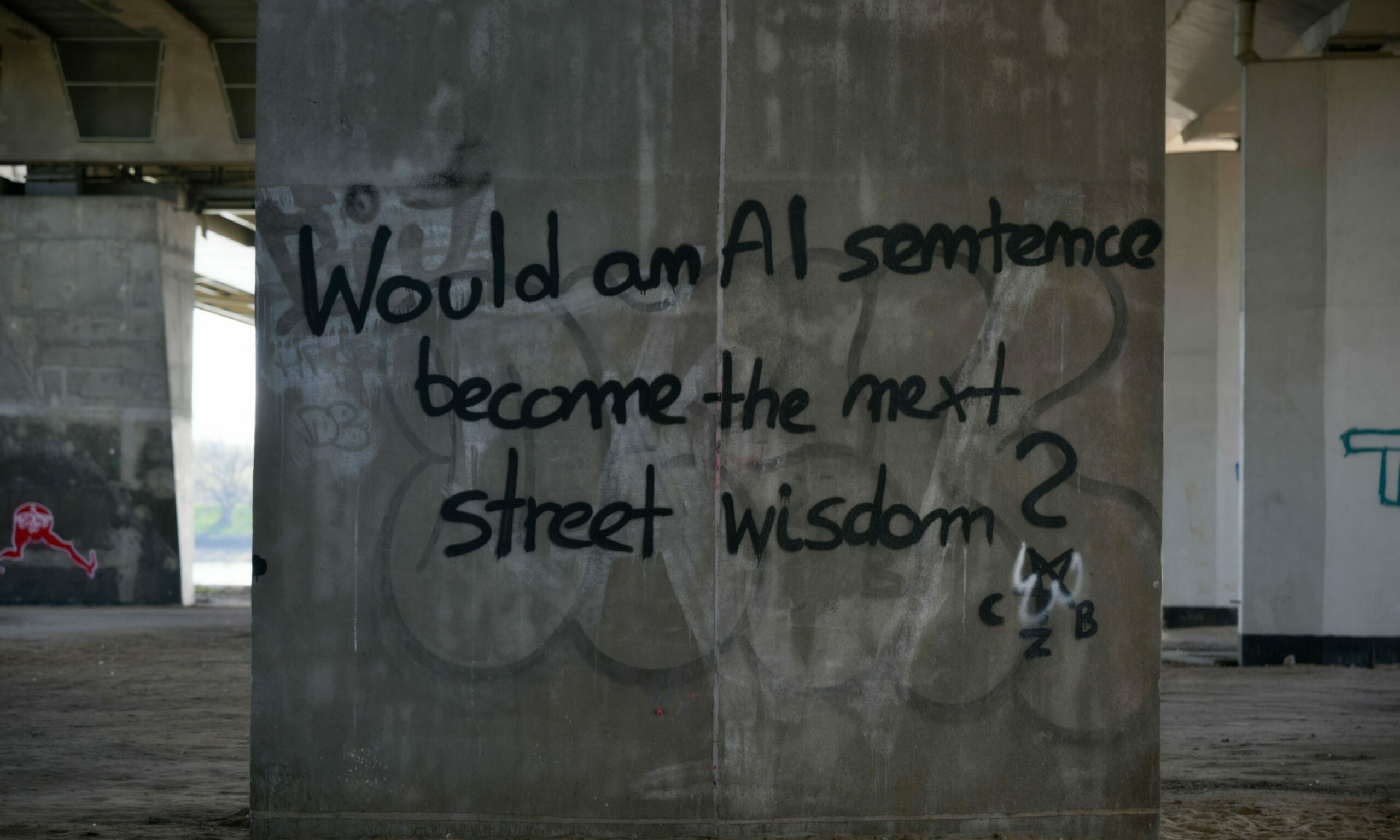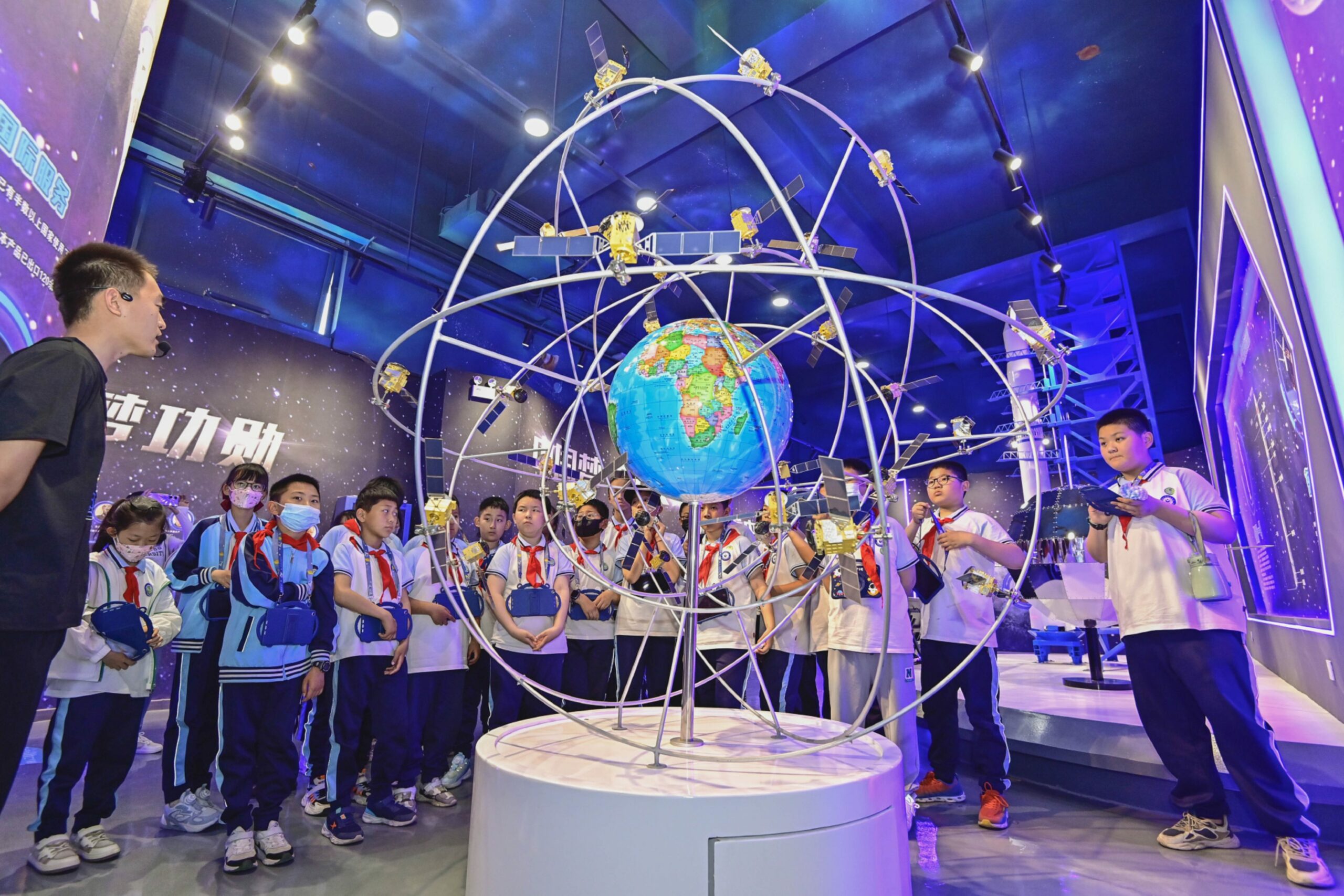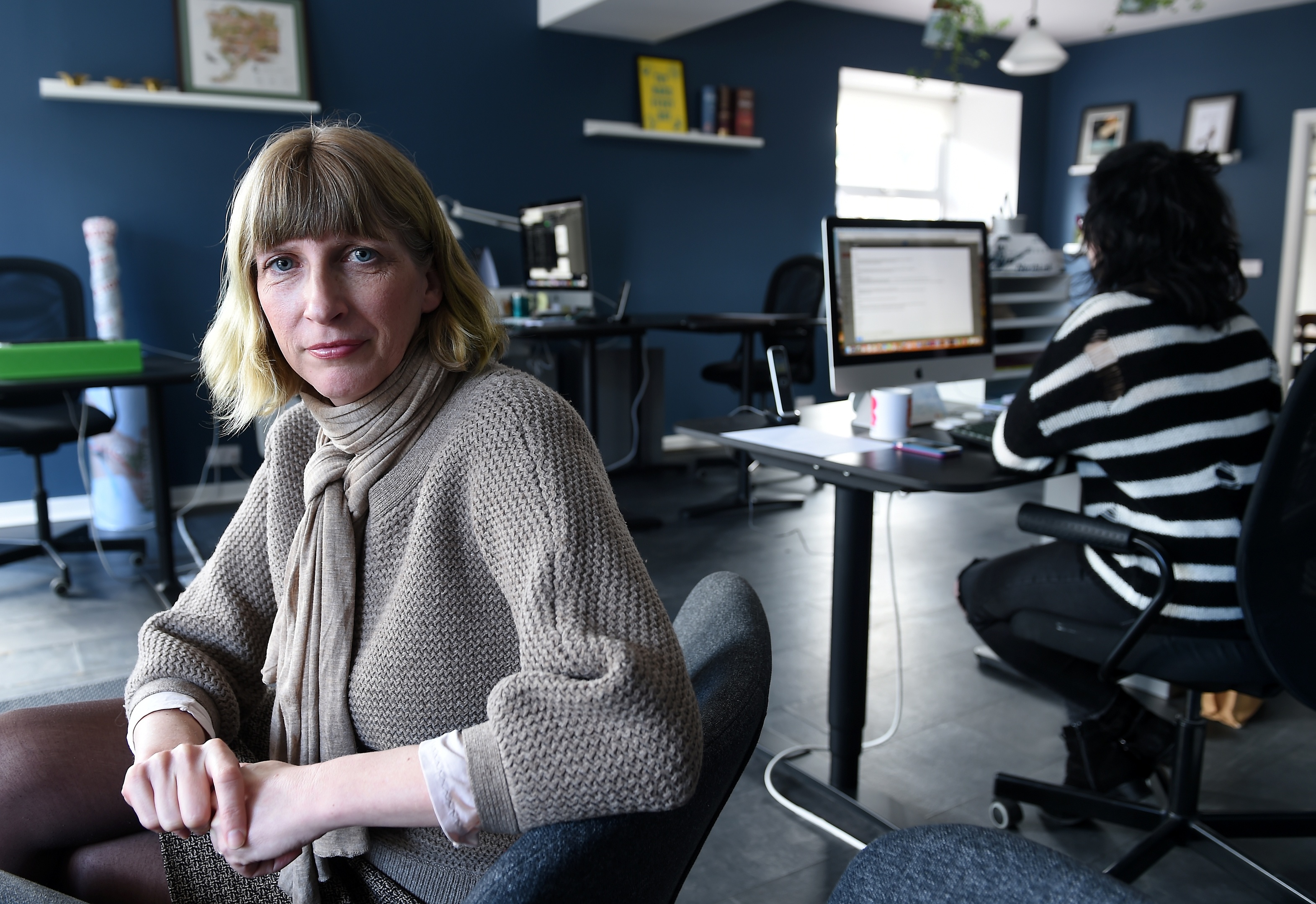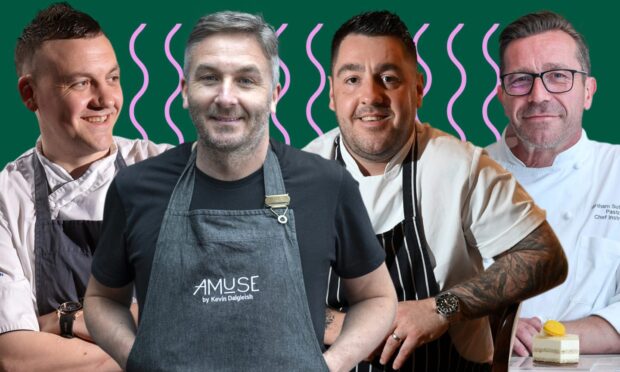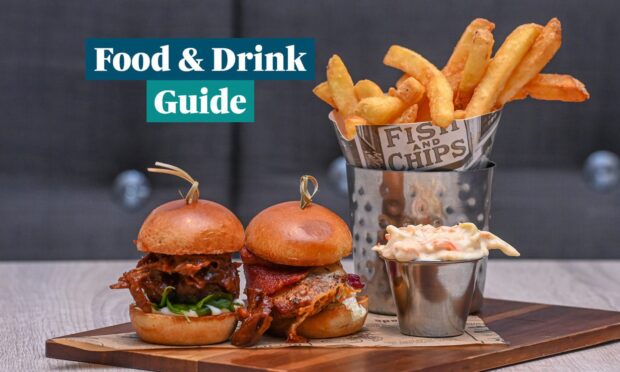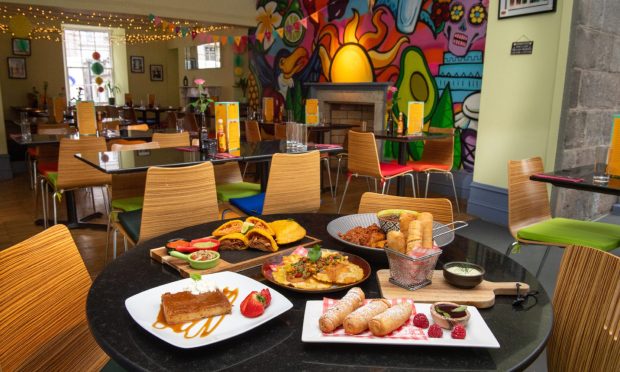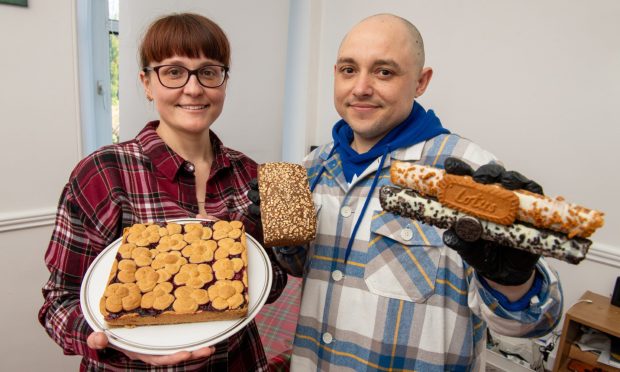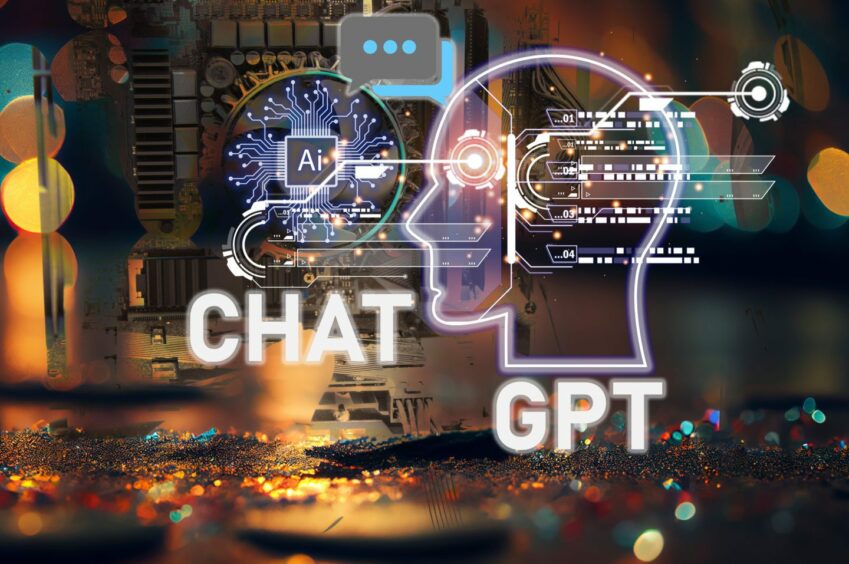
It’s like something from a dystopian science-fiction film, but the rise of AI – artificial intelligence – during the last decade is firmly rooted in fact.
In the last month alone, Dr Geoffrey Hinton, the man often cited as the godfather of AI, has spoken about his fears that it could unleash a flood of misinformation around the world, allied to sparking the loss of hundreds of thousands or even millions of jobs, and warned about the “existential risk” posed by the creation of true digital intelligence.
BT has announced it will cut up to 55,000 jobs by 2030, with about 10,000 predicted to be replaced by AI and other multinational companies in the banking, media and energy sectors are examining how their businesses could function with the new technology.
There’s no going back
It can write songs – although rock star Sting wasn’t impressed by the results. It can create newspaper columns – even if Times journalist Magnus Linklater wasn’t fearing for his job after reading a recent AI opinion piece. AI can even serve customers in dining places – and yet a restaurant named Robotazia in Milton Keynes, which had robotic waiters, closed down a couple of months ago, due to rising costs and recruitment issues.
But, whatever teething problems may exist, and no matter how frivolously some people might respond to the “rise of the machines” and the ubiquity of such devices as ChatGPT, an artificial intelligence chatbot released last November, AI is like nuclear power. Now that it has been invented, there’s no putting the genie back in the bottle.
The impact of the scientific breakthroughs is being witnessed across the globe and Prof Sarah Pedersen at RGU highlighted one of the potential consequences of AI’s advance.
She told me: “When the Hollywood Writers Guild went on strike earlier this month, one of the suggestions discussed in trade publications was whether AI could be used to produce scripts for popular television shows to replace striking creatives.
Keep working or we’ll hire machines
“To a certain extent, we are seeing the threat of AI being used to send a message to employees in many different sectors – behave or we will replace you with machines – which would be familiar to many workers who have previously been threatened with replacement by robots, mechanisation and other things.
“AI will certainly impact the media and journalism industries. It has the potential to gather news and analyse data rapidly and write tailored news stories for any audience extremely quickly. There will be a challenge for both consumers and journalists to ensure news authenticity, and there may be new roles developed in this area.
“However, it must be remembered that, at present at least, AI bases itself on existing information, it does not produce anything new, and it does not have the critical thinking or investigative abilities of good journalists.”
There are key areas which could benefit from AI, with the struggling NHS, in particular, and healthcare, in general, capable of reaping the rewards of its involvement in a variety of medical diagnostics, radiology interpretation and patient monitoring. In the longer term, doctors and nurses might even collaborate with robots to carry out procedures.
Fergus Mutch, the policy director at Aberdeen and Grampian Chamber of Commerce is among those who argue it’s too easy to be negative about AI’s potential.
He said: “AI presents some interesting and potentially very lucrative opportunities for business and will likely revolutionise the way we live and work in future years.
It needs to be closely monitored
“Any new technology should, of course, be properly thought through and regulated sensibly if it is to prove effective. So we hope to see governments engaging more closely with business to co-design workable policy in this field.
“All of this being said, there is a huge element of the AI debate in the UK that rather misses the point. In the here and now, businesses are crying out for workers to fill key roles. The immediate focus should be on recruiting and training the humans for these vacancies before we get too worried about the robots taking over!”
Some of the older generation may struggle to comprehend why AI matters in the grand scheme. It’s true that it’s not going to make a fisherman or a farmer’s existence any easier, nor lessen the pressure on those who have been tasked with building houses, cleaning drains, digging roads and being employed on major construction projects.
But millions of youngsters are actively using it in their studies, whether via phone apps or, in some cases, having essays and theses created by their computers rather than their own imagination and research. Which is obviously a concern.
Writer and broadcaster, Eleanor Bradford, is fully cognisant of AI’s capabilities. After all, she has noticed her children treat it as if it was the most natural thing in the world.
She said: “My 13-year-old son has AI on his Snapchat – I’ve not heard much about that in comparison to ChatGPT, but it’s given him a schoolwork shortcut at his fingertips.
We will all have to adapt to AI
“My feeling about AI is that, like all technology, it is here to stay and we will all have to adapt or die. The early adopters will be the ones who succeed in the future and those who try to resist it will find themselves being overtaken by the revolution.
“It was interesting to see [this week] that the BBC has launched its ‘Verify’ team; because being seen as a trusted source of accurate information will be key to journalism surviving the threat posed by AI.
“We’ve seen that AI is very quick at producing information, but it’s not always accurate. Going back to my 13-year-old, it’s very scary how often he tells me about shocking ‘news stories’ that he’s seen or read somewhere and I always tell him to check whether it’s being reported by a sensible news organisation.”
Mix of anxiety and excitement
One expert in the field concluded that AI will prove most effective in conjunction with human interaction, whereby living, breathing people can offer the complex decision-making skills or emotional touch in which machines are deficient.
However, few observers dispute the probability that many jobs will be lost in the future and agree that governments, corporations and educational institutions should be planning now to rise to the challenge of providing comprehensive retraining programmes and job support to help those affected by the technology.
In the scientific community, there’s a mixture of anxiety and excitement about the future. But what about the arts, and culture, and common humanity?
Jim Hunter, the emeritus professor of history at the University of Highlands and Islands, told me: “From what I’ve seen and read, AI can turn out a pretty reasonable undergraduate essay on, say, the origins of the First World War – where the necessary information is available on the web to which AI has more or less universal access.
“But it’s hard to see how it could duplicate – or so I hope – the sort of historical research that requires delving into archival and other material that hasn’t been digitised – and is unlikely to be digitised in quantity in the foreseeable future.
Will AI ever understand beauty?
“As regards journalism, it’s easy to imagine AI churning out a piece on some fairly routine topic such as trends in house prices – where, again, the necessary info can readily be found on the web.
“But the more reflective sort of piece, on whatever subject, that draws heavily on the writer’s own experience, insights and conversations? It’s hard to believe that the human dimension can be squeezed entirely out of creative processes.
“Could AI produce a great novel, great poetry or, more mundanely, a top-class column? I certainly hope not. If AI can eventually do these things, and more besides, then humanity’s long-evolved creativity will become both pointless and obsolete.
“A grim prospect!”
